Cynodon dactylon
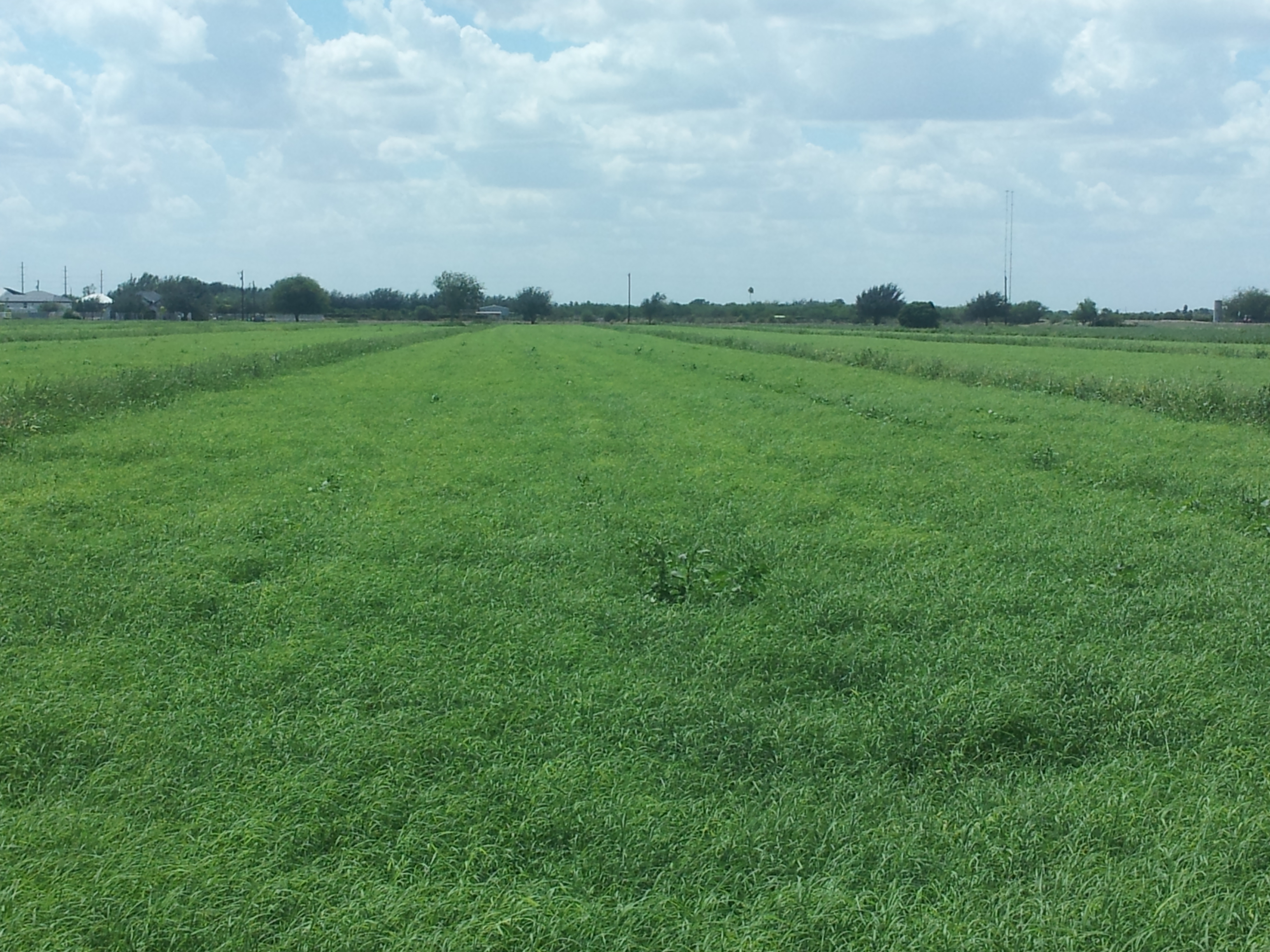
Gutierrez Farms
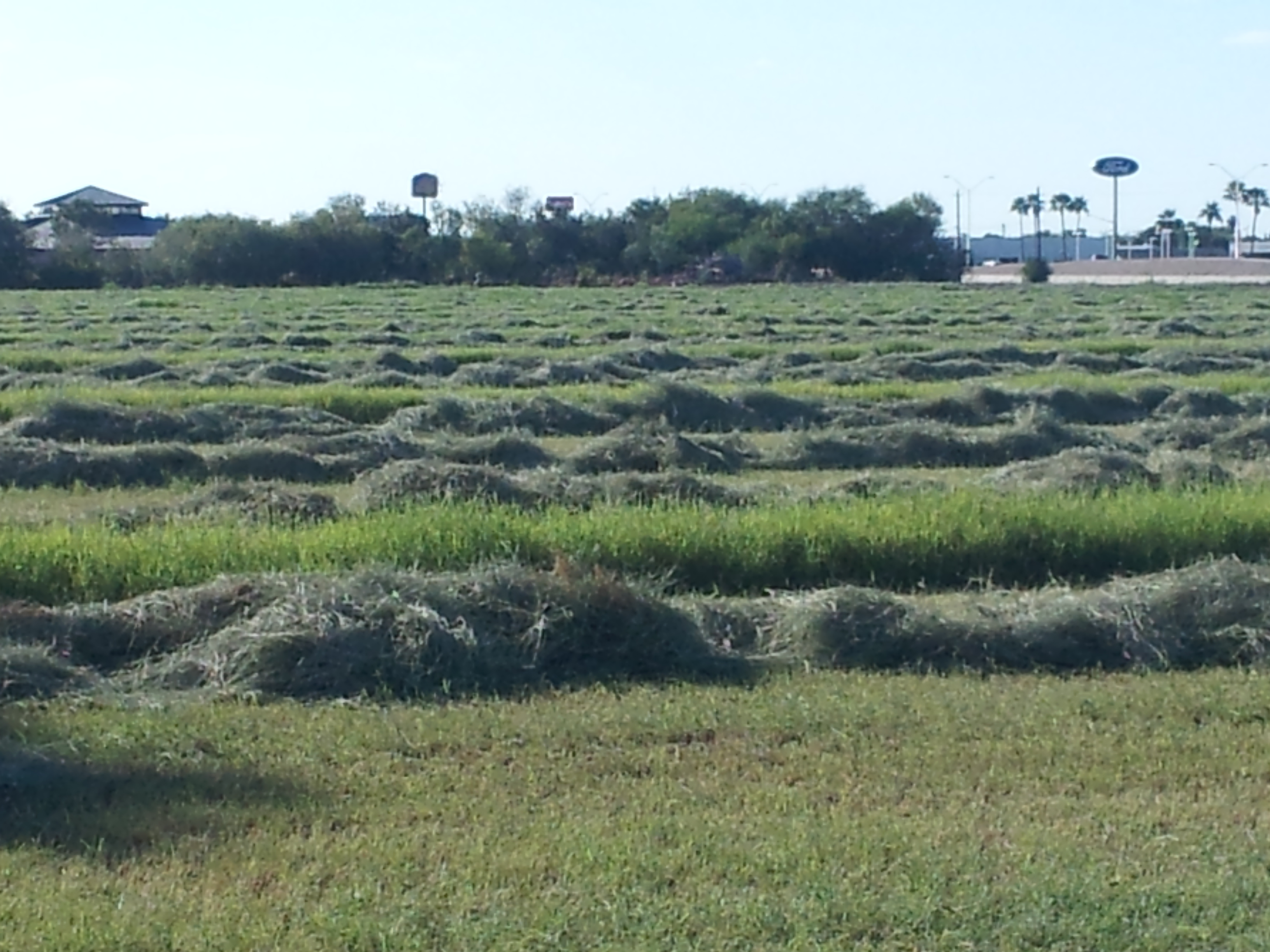
Montes Farms (Being cut for hay production)
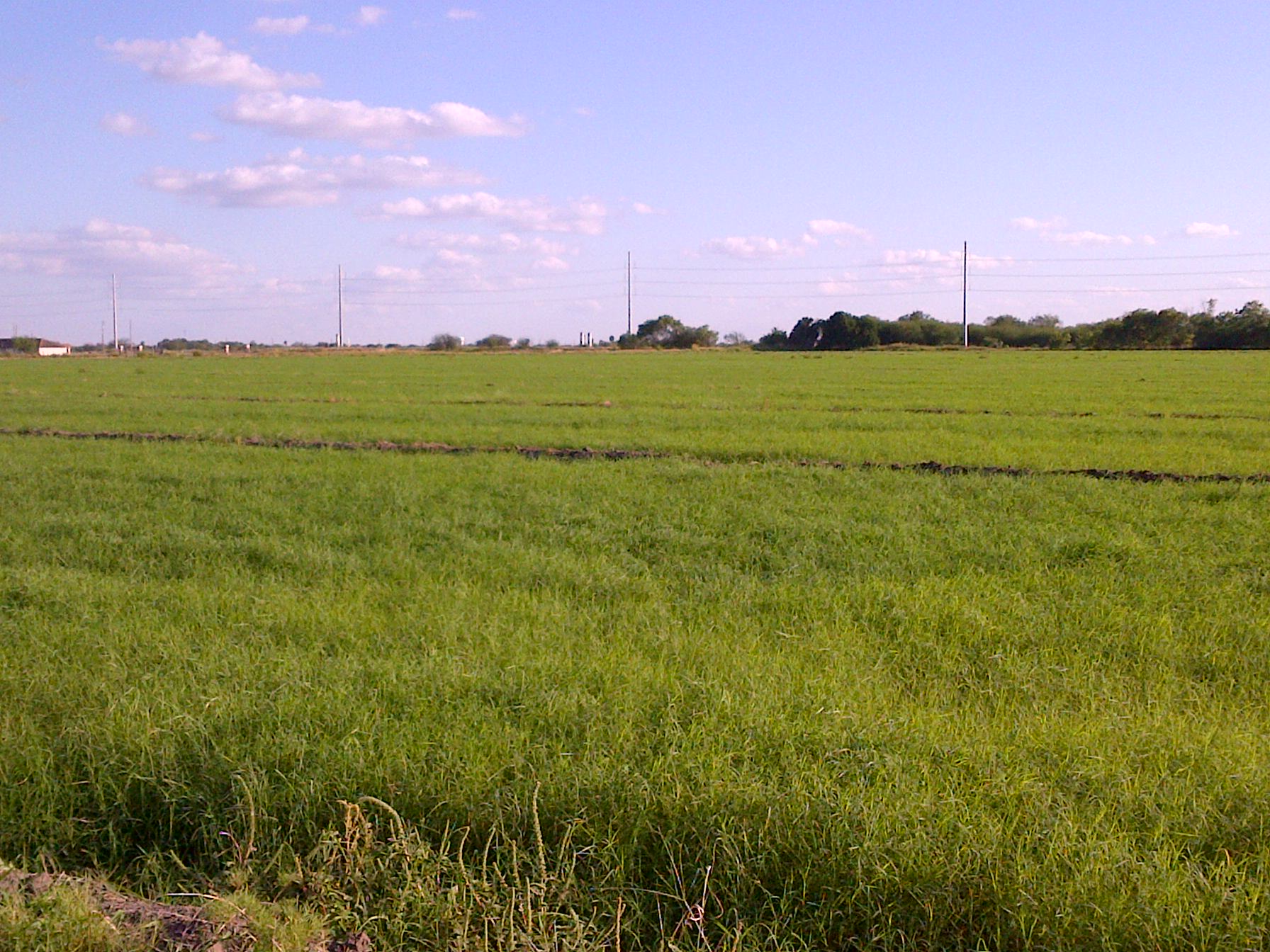
Rio Grande Valley
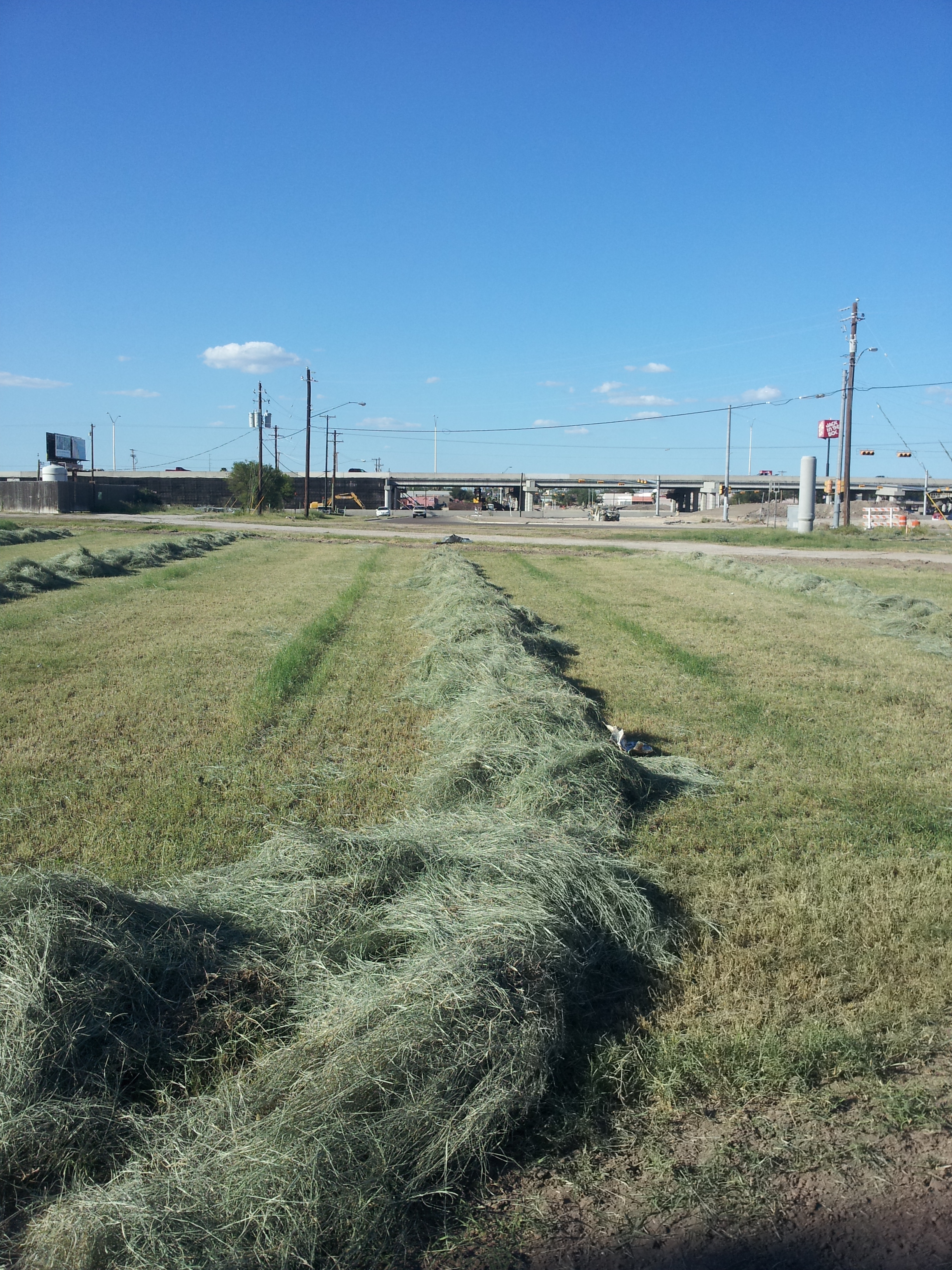
Hay Production
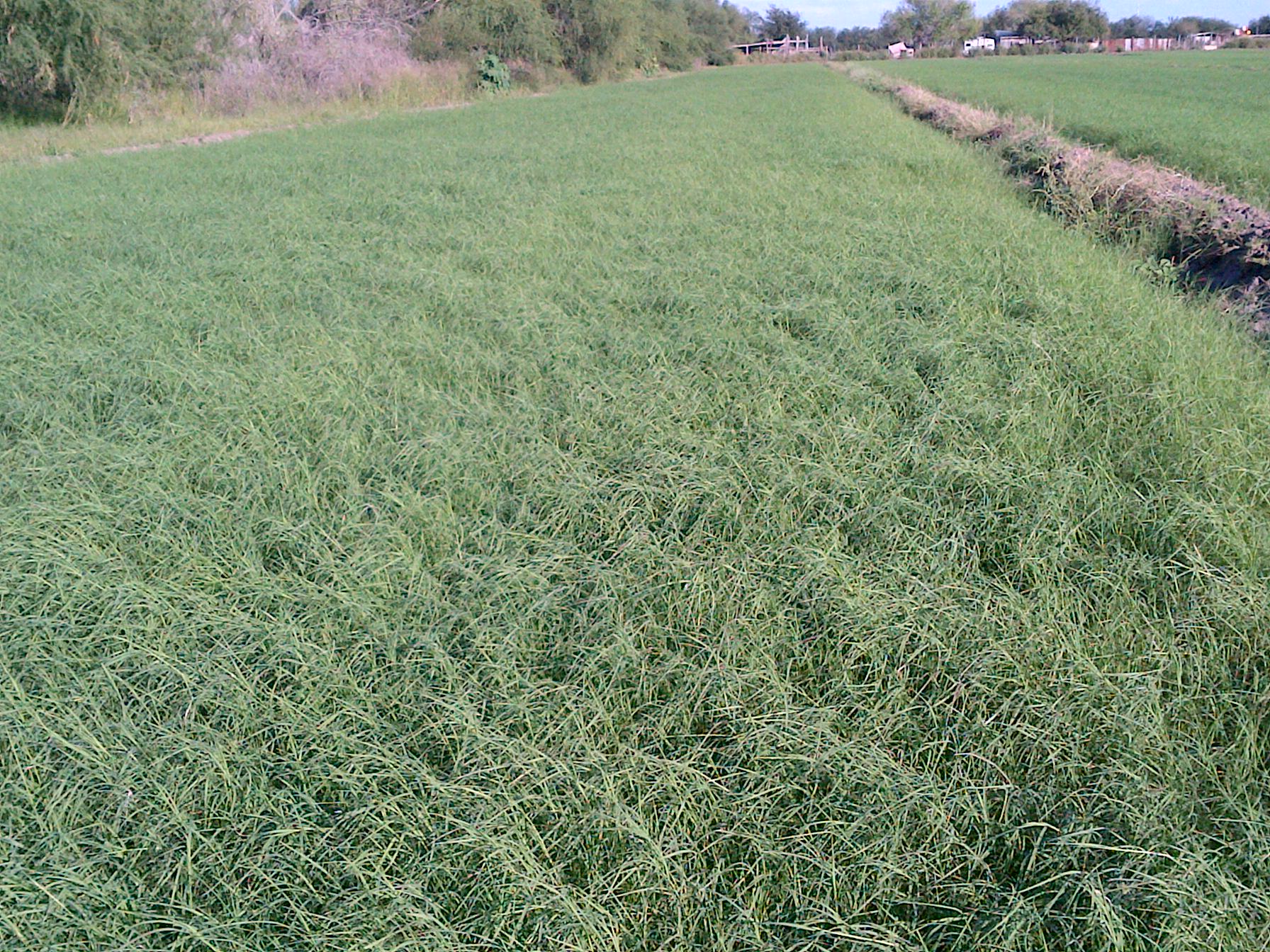
Mission, Texas
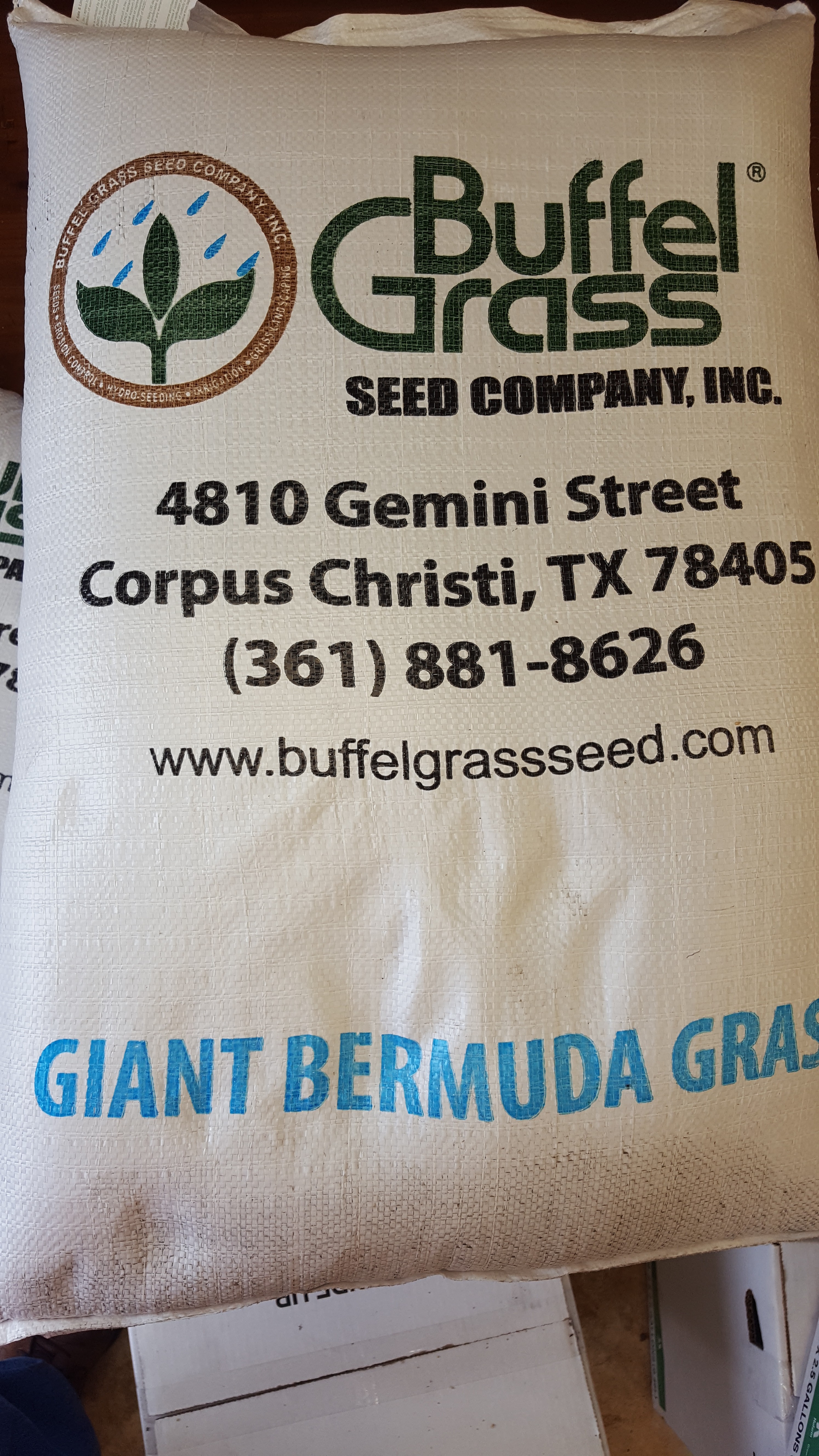
50 Lb Bag (Hulled/Raw Seed)
Giant Bermuda NK-37 grass seed
Perennial
Warm Season
Introduced
Seeded Variety
Giant Bermuda NK-37 grass is a warm season, introduced, perennial grass used primarily for grazing and hay production. Giant Bermuda NK-37 looks very similar to Coastal Bermuda; however, Giant Bermuda produces seed and can be planted from seed. Coastal Bermuda does NOT produce viable seed and has to be sprigged (vegetative variety). Giant Bermuda grass is a high quality grass excellent for horses and all other livestock.
Adaptation and Maintenance:
Giant Bermuda NK-37 grass is a tall and thick pasture Bermuda grass that can produce 100 square bales per cut per acre. It can produce as many as 7 cuts per year under irrigation and fertilization (results will vary on climate, soil, watering, fertilizing and location). The hay production during the months with more hours of sunlight is higher than the winter months. However, Giant Bermuda NK-37 can still produce during the winter months in South Texas with fertilizer and water management. Please photo above (Gutierrez Farms). This photo was taken in late December. Giant Bermuda NK-37 grass is an excellent grazing and hay producer on non-irrigated fields but the yields will be lower than irrigated fields and dependent on rainfall.
Our Giant Bermuda NK-37 seed is sold only as raw seed which means it has a 98% pure seed or higher unlike coated grass seeds which only contain about 48% pure seed. Raw seed contains double the number of seeds per pound compared to that of coated seeds (the Pure Live Seed % is double).
Growth Height: 24- 36 inches
Drought Tolerance: Fair
Cold Tolerance: Good
Minimum Rainfall: 20-25 inches
Planting (Seeding) Rate: 5-10 Lbs/acre
(Pure Live Seed % affects the seeding rate as well as the planting method)
(Pure Live Seed % affects the seeding rate as well as the planting method)
Planting Time: March 1st - Mid December
(planting time window depends on the region that you are located and rain considerations)
(planting time window depends on the region that you are located and rain considerations)
Planting Depth: 1/8 to 1/4 inches
Soil Adaptation: Both Sandy or Clay Soils
Fertilizing
Starter Fertilizer (15-15-15)
at a rate of 200 Lbs/acre is a catch all rule of thumb; however, if you have a fresh root plow on virgin brush, you may not need to fertilize. Soil samples can be taken and analyzed for N-P-K requirements.
Maintenance Fertilizer: (30-10-0)
is a typical fertilizer used to restore the nitrogen depletion during the grazing or baling process. Again, soil sample analysis can tell you more accurately what type on how much fertilizer you need.
Starter Fertilizer (15-15-15)
at a rate of 200 Lbs/acre is a catch all rule of thumb; however, if you have a fresh root plow on virgin brush, you may not need to fertilize. Soil samples can be taken and analyzed for N-P-K requirements.
Maintenance Fertilizer: (30-10-0)
is a typical fertilizer used to restore the nitrogen depletion during the grazing or baling process. Again, soil sample analysis can tell you more accurately what type on how much fertilizer you need.
